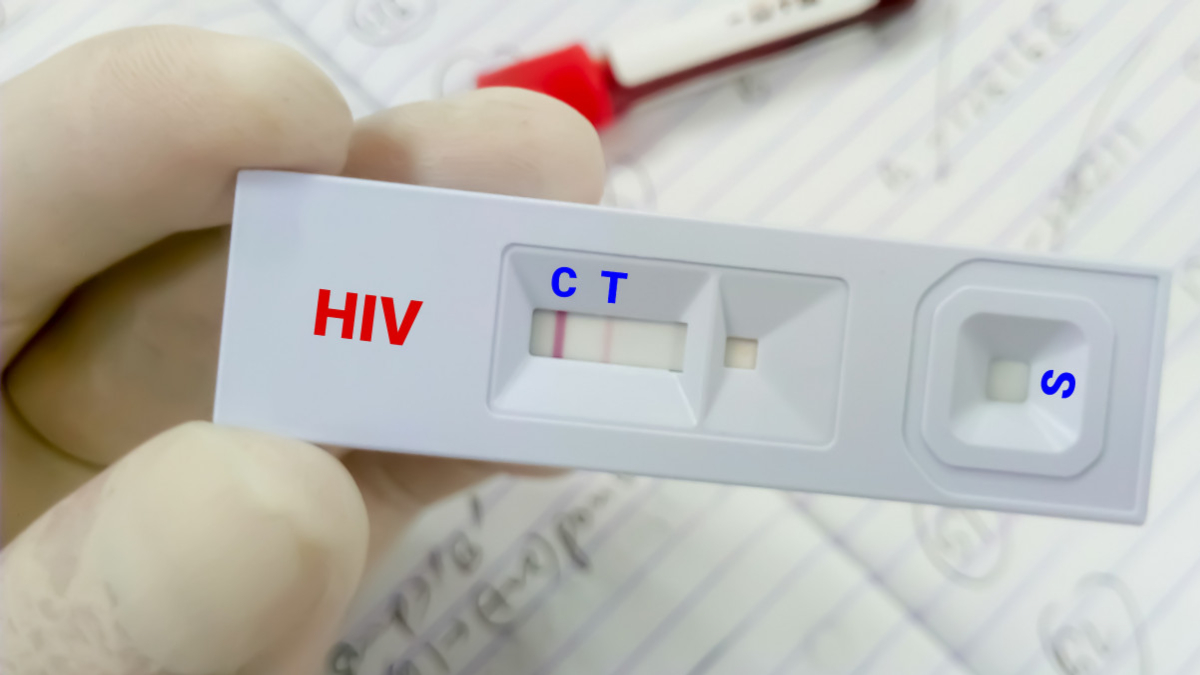Global progress in reducing HIV infections and deaths marks a significant milestone in the fight against the disease, but experts caution that eradicating HIV remains a distant goal.
During the past decade, new HIV infections fell by 20%, while AIDS-related deaths dropped by 40%, according to a study published in The Lancet HIV journal. The improvements were driven largely by advancements in sub-Saharan Africa, the region hardest hit by the epidemic. Despite this progress, more than a million new infections occur annually, and nearly a quarter of the 40 million people living with HIV are not receiving treatment.
Preventive measures, such as Pre-Exposure Prophylaxis (PrEP), have significantly reduced transmission rates in wealthier countries, with daily pills cutting the risk of infection by 99%. However, high costs and limited availability hinder access in poorer regions. The new antiretroviral drug lenacapavir, requiring only biannual injections, has shown 100% effectiveness in trials but comes with a prohibitive $40,000 annual cost in some countries. Licensing agreements with generic drugmakers aim to expand accessibility, though coverage gaps persist.
While medical advancements have brought hope, health experts emphasize that widespread stigma and the lack of an HIV vaccine remain barriers to eliminating the epidemic.






